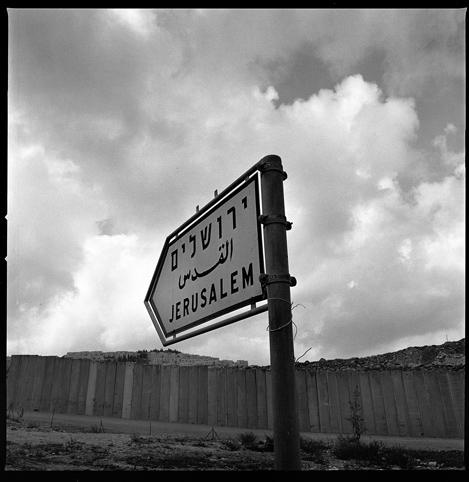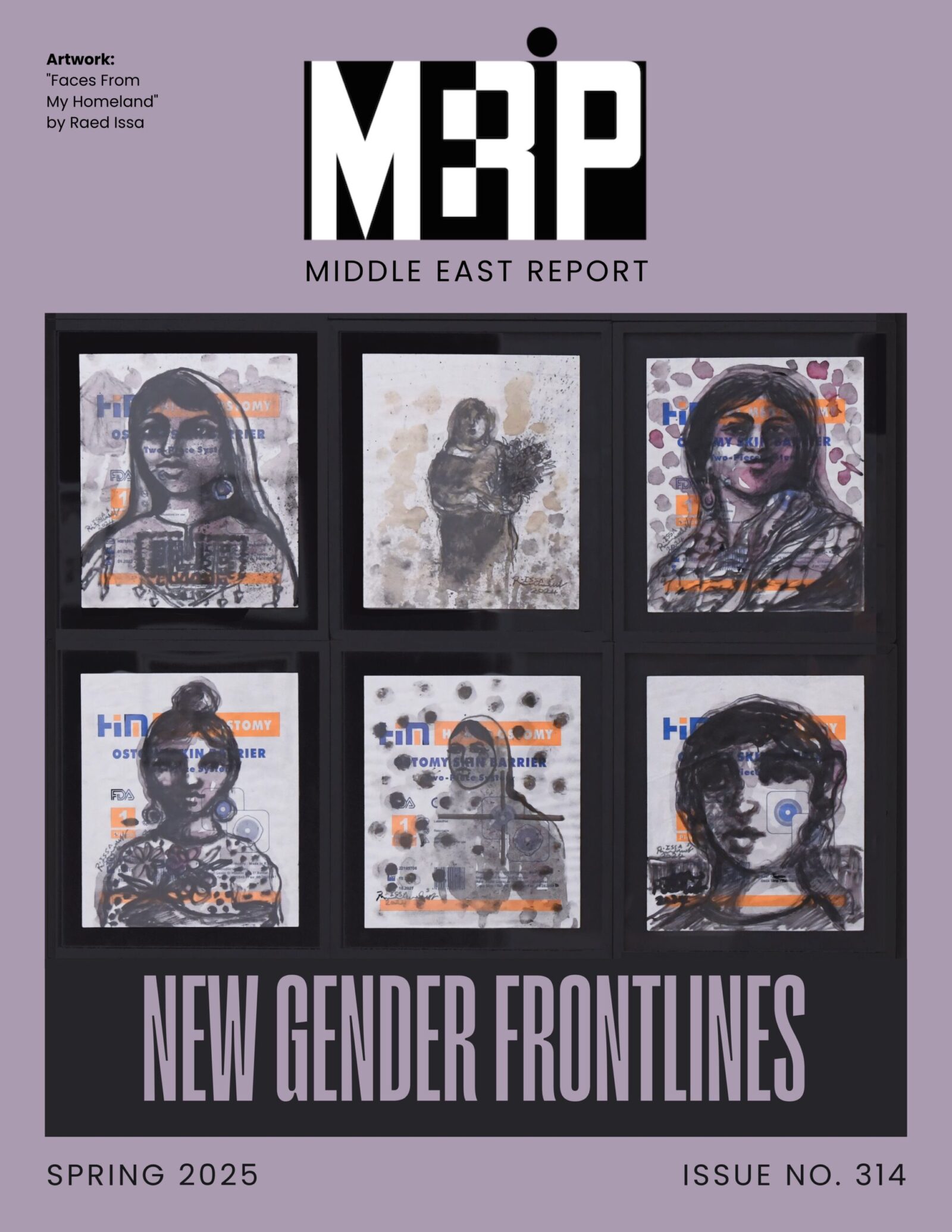IN THIS ISSUE:
Sulayman the Malevolent
Troubadours of Revolt
Rami ‘Isam, a 23-year old pony-tailed singer for the so-so rock band Mashakil, based in Mansoura, showed up at Tahrir Square on January 28, 2011, guitar in hand and ready to join the pro-democracy revolt. His music soon became an important component of the Tahrir scene, as the insurrectionists set up sound systems to broadcast recordings and a stage for speeches and performances. ‘Isam went on stage and also circulated in the square, strumming for demonstrators taking a break from the struggle.
The 18 Days of Tahrir
On January 26 Tahrir Square was under occupation. Hundreds of riot police bearing shields and batons formed cordons along the perimeter to prevent anyone suspected of being a demonstrator from approaching. Traffic was light, an unusual scene for one of Cairo’s busiest intersections. On the sidewalks, queues of young, scruffily dressed thugs received instructions from police to attack any crowd that dared assemble. The large, boisterous protest that had filled the square the previous night — January 25 — had been violently dispersed by security forces, as the interior minister, Habib al-‘Adli, warned that no further demonstrations would be tolerated. His command was enforced harshly.
The Praxis of the Egyptian Revolution
CURRENT ANALYSIS
Looking for Revolution in Kuwait
In the New York Review of Books, Hussein Agha and Robert Malley imagine the results of the Arab revolts as the possible beginning of a reconstitution of the Ottoman Empire. They see the regional unrest as media-driven, with various partisans asserting their own versions of reality to mobilize popular support. Outsiders fumble for understanding as forces push back and forth, now winning and now losing. Some see Islamists as the only ones with moral standing, yet Islamists in power seem ready and eager to “compromise” with the West to attract money and space to pursue their domestic projects. Aside from the almost obligatory — and quick — nod to events in Bahrain and gerontocracy-ruled Saudi Arabia, the Gulf disappears from the conversation. The “non-revolution” Agha and Malley describe is centered elsewhere.
Fissures in Hizballah’s Edifice of Control
On August 15, Beirut awoke to the news that more than 20 alleged members of the Free Syrian Army (FSA) had been captured by a group calling itself “the military wing of the al-Miqdad family.” The group had sent footage to the al-Mayadin television network, which was quickly picked up by other local and international channels. In the clip, men dressed in camouflage and black ski masks, and gripping Kalashnikovs, surrounded two prisoners seated in a dark room. A man with his back to the camera posed questions to the prisoners, who replied that they worked for the FSA, on orders from Khalid al-Dahir, a Lebanese parliamentarian affiliated with the Future Movement, the Sunni-majority political party led by Saad al-Hariri.
After the Bomb in Beirut
As a recent arrival in Beirut, I quickly learned the Lebanese map, geographic and political, when the bomb hit Ashrafiyya on October 19, killing eight and injuring more than 100. A friend in the US e-mailed to ask if the bomb was close, but since I didn’t hear it explode or smell the smoke, gauging distance and direction by senses, it couldn’t have been. Even before it became known that Wisam al-Hasan, a Lebanese intelligence chief, was the apparent target, a friend here parsed the “political grammar”: neighborhood, bomb location in relation to the headquarters of various political parties with various stances toward Syria.
LATEST ISSUES
FEATURED PRIMER

Primer: Palestine-Israel
Read the newest iteration of MERIP’s Palestine primer. Published in March 2025, and updated to reflect developments in the ten years since our previous primer, it provides an overview of key actors, organizations, historic events, political developments and diplomatic initiatives that have shaped the status and fate of Palestinians and the State of Israel from the late nineteenth century to the present.


